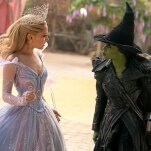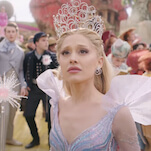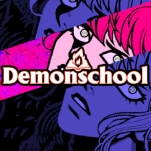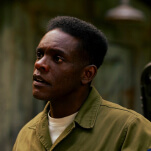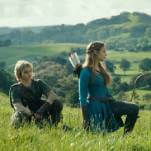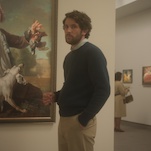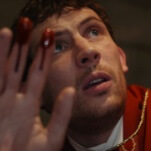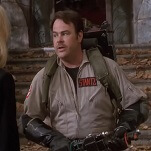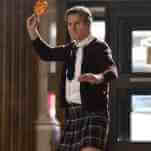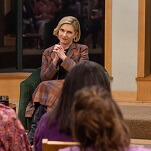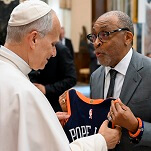Molly Haskell’s Spielberg analysis ranges from disappointing to downright bizarre
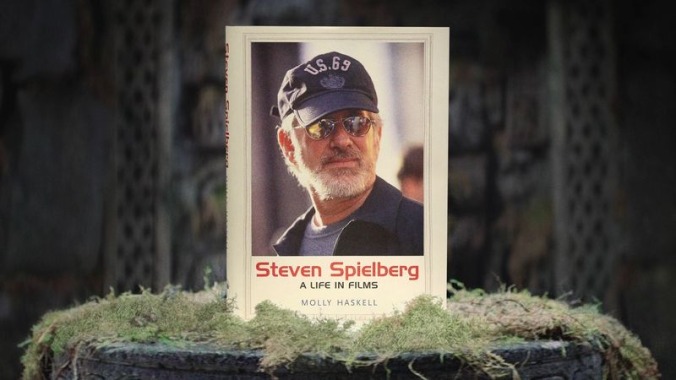
Last month saw the publication of George Lucas: A Life, a biography of the Star Wars director that suffered from favoring a basic kind of storytelling over a complex consideration of the man’s work and legacy. As if on cue, here comes Molly Haskell’s Steven Spielberg: A Life In Films, a work that’s basically all analysis—unconvincing, aimless analysis.
Haskell has impeccable credentials, but like Richard Schickel or David Thomson—two other well-established critics who have published exceedingly lazy film books in the past few years—movie buffs will find her scholarship wanting, if not mystifying. Not only are there few new insights (Spielberg declined to be interviewed, which left Haskell “stung, a little red-faced, like a girl angling for a date and being rejected”), but the points she makes range from dubious to flat-out false. To wit:
- Haskell writes Saving Private Ryan won the Best Picture Oscar and that Chiwetel Ejiofor won Best Actor for 12 Years A Slave (neither did).
- Discussing the source for Hook, she bizarrely states that, “In the kinky gender dynamics of the play, Peter [Pan] is generally played by a girl, a ‘trans’ or asexual choice that serves two purposes: the actor/character can take on sensitive qualities that would be ‘sissy’ if possessed by a boy, and she can never grow up to be a man.” No.
- At one point she writes, “Spielberg was going backwards and forwards at the same time, making a film about an irresponsible father at the age he was about to sire a son of his own.” This quote appears in the chapter covering The Color Purple and Indiana Jones And The Temple Of Doom, neither of which feature a notable father-child relationship. (Unless by “irresponsible” she means the dad who rapes his underage daughter in Purple, though the story isn’t “about” him.)
- She speculates that The Last Crusade featured Nazi villains because “in a more diverse and globally aware world, ruled by political correctness and terrified of offending minorities (now majorities), it was becoming harder and harder to find safely despicable ‘others’; generally the Nazis were the only available villains whose dignity and inner lives didn’t need to be considered.” Given that Pictures is being published as part of Yale’s Jewish Lives series (which last year took a worthy look at Groucho Marx), this unsupported claim is bonkers. Is it really so hard to believe that this boyish Jewish director, who grew up hearing firsthand accounts of the Holocaust, wouldn’t want to repeatedly stick it to the Nazis?
Haskell’s viewing of Spielberg’s work through a political lens is where the book is most compelling (because there are provocative theories being thrown out) and least convincing (because the theories are easily dismissed). She describes Raiders Of The Lost Ark’s Marion Ravenwood as “a cartoonish gin-slinging tomboy who will soon be wearing dresses and screaming for help,” omitting the context that she only puts the dress on as part of a clever escape attempt she orchestrates. And just as it’s hard to see Jaws and E.T. as being about “both the pleasure and the terror of an unmanning,” as she puts it, it’s hard to see an “ever-present motif of threatened masculinity, maleness that must prove itself” in the Indiana Jones series. Her evidence for this is how “the social awkwardness of Dr. Jones’ sensitive fuddy-duddy absent-minded professor must be exaggerated before being usurped by the authority of Indy.” (She’s apparently referring to Jones’ befuddlement at a flirtatious student; morally speaking, not the place you want maleness to prove itself.)




